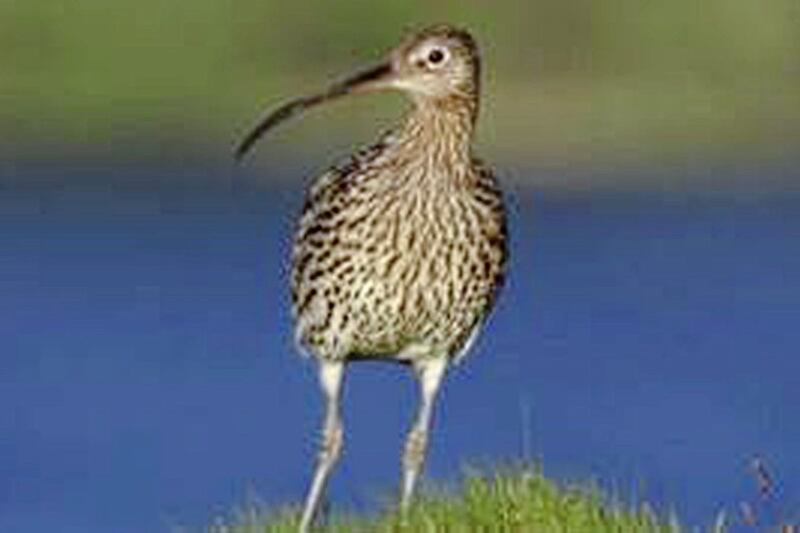SAILING along Lough Erne and listening to the ethereal call of curlew, it is hard to imagine a more evocative cry. Even harder to imagine that it could soon be silenced.
According to writer Mary Colwell curlew numbers in Ireland have reached a crisis point. Two years ago she undertook a walk across Ireland and Britain to highlight the decline.
She has now recorded that journey in a lyrical and incisive chronicle which has just been published.
She says the numbers of curlews have declined on average by 20 per cent across the European continent over the past 30 years.
"But, that figure is misleading for the UK and Ireland, where losses are much higher," she says.
"In their most western reaches of Ireland there is nothing short of a disaster unfolding before our eyes. In the 1980s there were many thousands of pairs of nesting curlews, today only around 120 remain. "
Curlew Moon opens in Northern Ireland and the first chapters are about Mary's family history and a visit to Glenwherry near Ballymena in search of the elusive curlew.
As well as the challenges of the modern world in which humans plunder the resources and disrupt the landscape for their own ends, curlews also have to face ancient enemies.
As a keen environmentalist, Mary wrestles with some of the compromises needed to give our curlew population a chance to stabilise and grow again.
She writes: "Red fox and grey crow are as much a part of Irish fauna as redshank and curlew, but until the habitat for ground-nesting birds is restored and the natural balance between predator and prey regained, which will take time, there seems to be no alternative but to keep predator numbers down in the breeding season.
"Foxes and crows are certainly not endangered, grey crow numbers have dramatically increased, by as much as 100 per cent since the 1990s, but many waders are on the edge of survival. Curlews are on the very brink of collapse."
The RSPB has designated May as Curlew Crisis Month and is part of the UK and Ireland Curlew Action Group, a partnership involving a number of conservation organisations and statutory authorities.
The group is running several projects to help raise curlew numbers again. One of these, the RSPB’s Curlew Recovery Programme, aims to find the best way of managing land to accommodate these birds.?
Fermanagh's lakes are one of the north's 'hotspots' for curlews and it is estimated that the county is home to 10 per cent of the Irish breeding population.
In the mid-80s there were 320 breeding pairs in Co Fermanagh, yet the current estimated population there is around 60 breeding pairs, which are confined to the Lough Erne Basin. In raw statistics the long-term change in estimate of population size from 1987 to 2013 is devastating 80 per cent decline.
On Saturday May 19 as part of Curlew Crisis Month, the RSPB is hosting a Lough Erne Curlew Cruise guided by Lower Lough Erne Islands reserve warden Amy Burns.
Amy said: "As the boat makes its way through the lough’s amazing maze of islands, you could not only see curlews but also lapwings, oystercatchers, common sandpipers, terns, a range of gulls and breeding wildfowl – not to mention some Highland cows."
"People will also hear all about the year-round work that goes on across the RSPB-managed islands on Lough Erne for the benefit of breeding waders. And if you’re lucky there’s also the possibility of sighting skylarks, a kingfisher, a peregrine falcon or even an Irish hare."
:: To book a spot on the Curlew Cruise, visit https://curlewcruise.eventbrite.co.uk. Curlew Moon by Mary Colwell is published by William Collins and is available in bookstores and online.


